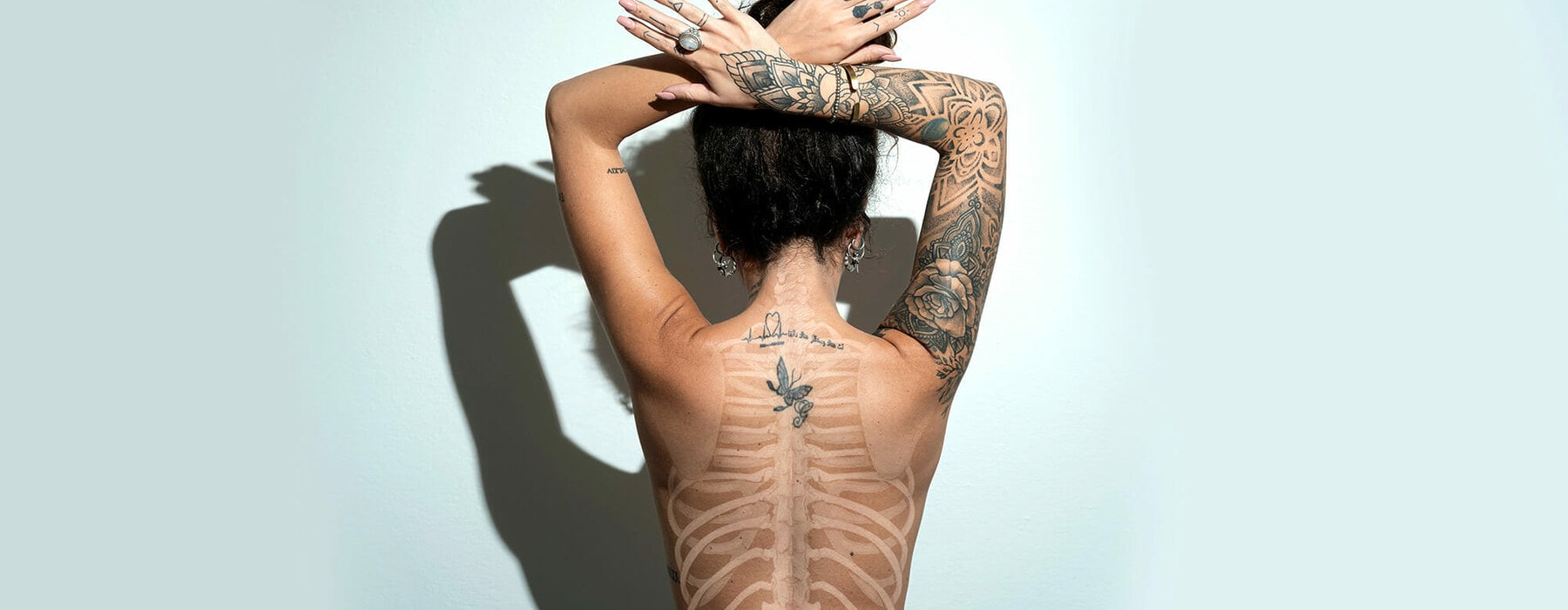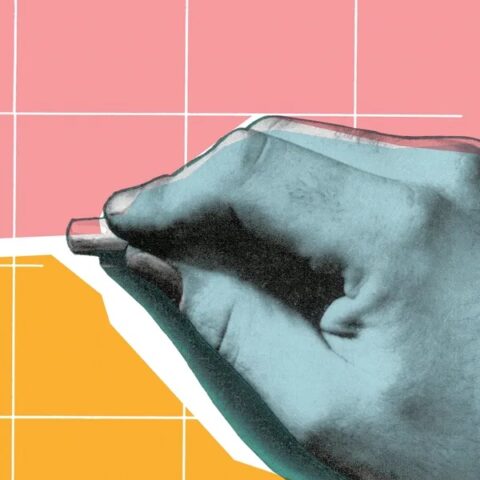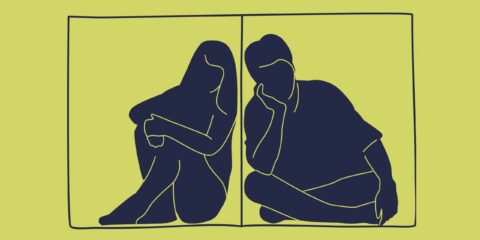From the day we are born, our bones are in a constant state of regeneration. Old bone is broken down and replaced by new bone, a process that keeps bones healthy and increases bone mass. This continues even after we have stopped growing, only beginning to slow in our early twenties. By our early thirties, most of us will have reached peak bone mass – the point at which our bones have the greatest weight during our lifetime.
As we continue to age, our bones begin to break down faster than they are replaced. This is a normal part of the ageing process that results in a gradual lessening of bone mass. If you have osteoporosis, however, you lose bone mass at a greater rate, resulting in bones that are thinner, more fragile, and vulnerable to damage.
“Osteoporosis is a condition in which bones become brittle and weak,” says Dr Stella Milsom, a reproductive endocrinologist with Te Whatu Ora and The Endocrine Group at Fertility Associates. “In osteoporosis, bone reabsorption is far greater than bone renewal, which leads to weaker bones.”
Bone deep
Like the rest of our body, our bones are made of living cells. If we could look inside our bones, we might be surprised to find that bone is not solid but made up of a honeycomb-like structure. In osteoporosis, the spaces within the honeycomb become larger, and the bone that makes up the honeycomb becomes thinner. The bone that surrounds this structure also begins to thin.
The weaker bone structure seen in osteoporosis is much more susceptible to damage, including fractures. Stella says these are particularly common in the cortical and trabecular bones, such as vertebrae, hips, wrists, shoulders and ankles.
One of the challenges in dealing with osteoporosis is that there are often no symptoms. Because of this, it’s referred to as a “silent” disease. A common way it’s diagnosed is after someone suffers a bone fracture, Stella says.
Signs to be aware of include:
- Persistent back pain Brought on by fractures or deterioration of vertebra in the spine.
- A reduction in height Due to bone fractures or collapsed vertebrae. This can be quite noticeable over time – up to an inch or more.
- Change in posture A stooped, curved or forward-bending posture due to collapsed or deteriorating vertebra.
- Bone fractures Or a bone that breaks more easily than expected.
- Receding gumlines Caused by bone loss or shrinkage of the jawbone.
Running the risks
A number of factors increase the risk of osteoporosis. These can be diet-related, health-related, lifestyle-related or uncontrollable. Uncontrollable risk factors are those you are unable to avoid
or change. For example, your risk of developing osteoporosis increases as you age, and is higher if you have a grandparent, parent or sibling with osteoporosis. Having a small body frame is another uncontrollable risk factor, as these people tend to have less bone mass compared with those with a medium or large frame. You’re also at a higher risk if you’re of Caucasian or Asian descent.
When it comes to diet, a low calcium intake is one of the most significant risk factors. Prolonged calcium deficiency is associated with lower bone density and an increased risk of fractures in both men and women. Weight loss surgery and eating disorders are also risk factors as they reduce the amount of nutrients (including calcium) the body can absorb.
In addition, certain medical conditions and their treatments – such as coeliac disease, inflammatory bowel diseases, kidney disease and even gastric reflux – can affect the balance and absorption of essential nutrients such as calcium, increasing the osteoporosis risk. “Being prescribed high-dose and long-duration steroids is another risk factor,” adds Stella, “along with lifestyle factors such as smoking, excessive alcohol use, or being underweight.”
Essentials for women
Women have a much higher risk of developing osteoporosis than men, and make up the majority of people affected by this disease. Of the estimated 10 million people living with osteoporosis in America, for example, 80 percent are women. In New Zealand, more than half of women over 60 will develop osteoporosis, compared with around a third of men.
When it comes to osteoporosis and women, hormones play an important role. Oestrogen is essential in maintaining bone mass and strength through the regulation of bone loss and replacement. When menopause occurs and oestrogen levels drop, women undergo a period of accelerated bone loss. In the 10 years following menopause, it’s estimated that women can lose up to 25 percent of their bone mass. “When looking at the statistics in New Zealand,” says Stella, “about one in three postmenopausal women will experience a fragility fracture as a result of osteoporosis, compared with one in five men.”
Overactive thyroid or parathyroid glands are another hormone-related risk factor – women, are 10 times more likely than men to have an overactive thyroid gland, and three times more likely to have overactive parathyroid glands. Other risk factors for women are premature or early menopause, late puberty, and a history of absent or irregular periods as a teenager, associated with an eating disorder or insufficient energy availability.
Testing and treatment
Bone density scanning is generally considered a safe and reliable tool for detecting osteoporosis. Testing is painless – screening machines use low-level x-rays to determine bone mineral density.
Understanding how osteoporosis is treated means understanding the difference between osteoporosis and osteopenia. Osteopenia occurs when bones are weaker than normal but not so weak as to break easily. Because of this, it’s often considered a midway point between healthy bones and osteoporosis. If you are diagnosed with osteopenia following a bone density scan, it does not mean that you will go on to develop osteoporosis, but your risk is higher than someone with a healthy bone density.
Osteopenia is generally managed through prevention strategies (see box at right) but in some cases medications may also be prescribed.
The most commonly used osteoporosis medications are bisphosphonates. In New Zealand, there are four types available on prescription – three oral medications and an infusion. You’ll need to discuss potential side effects with your doctor.
“It is important to understand,” says Stella, “that lifestyle, calcium, vitamin D and exercise are in no way equivalent to medications in terms of fracture prevention for women who have developed osteoporosis.”
Strong bone basics
Here’s how to reduce the risk of osteoporosis:
Crank up the calcium
A diet rich in calcium is essential for maintaining good bone health. The recommended daily intake of calcium for women aged 19 to 50 is 1000mg per day. After the age of 50, this increases to 1200mg per day. Examples of calcium-rich foods include dairy products (1 cup of trim milk has 360mg of calcium), sardines, dark leafy greens, broccoli, dried figs, tofu (100g has 100mg of calcium) and calcium-fortified cereals and orange juices. Keep an eye on your alcohol intake and avoid smoking and vaping (research has linked nicotine to decreased bone density).
Soak up the sun
Your body needs adequate vitamin D levels to absorb the calcium you get from your diet. Most people can get the vitamin D they need by spending 10 to 15 minutes with their face, hands and arms exposed to the sun, on two to three days each week. You can also get vitamin D from dietary sources such as cod liver oil, salmon, trout, and milk or cereals fortified with vitamin D.
Get on your feet
Adding regular weight-bearing exercise to a fitness regime is a great way to slow bone loss while keeping bones strong and healthy. Weight-bearing exercise can also strengthen muscles, which can help with balance. You could try tennis, jogging, hiking or skipping rope. Aim for two to three 30-minute weight-bearing sessions per week, with a rest day between each session.
Don’t forget screen time
“Regular screening with bone density machines and effective modern medicines have allowed for much earlier detection and management of severe bone loss in vulnerable women,” says reproductive endocrinologist Dr Stella Milsom. In New Zealand, postmenopausal women are usually screened from 60 years of age – sooner if they carry risk factors or have had a fragility fracture.
PHOTOGRAPHY: GETTY








